The narratives can change on a dime…
Boise’s Housing Market Boomed Early in the Pandemic. Now It Is Cooling Fast. When average mortgage rates surged above 5% in April, “it was like somebody just turned the lights off,” said Shauna Pendleton, a Boise real-estate agent for Redfin. “The buyers just disappeared off the face of the earth.”
“My daughter is going to be a teacher and always wanted to come back here, and I don’t think she’s going to be able to afford it.”
The above chart is from Freddie Mac, and the data goes back to April 1974. Over those 48 years, the average 30-year mortgage rate has been 7.77%, and the median 7.44%. Their latest number is 5.54%.
27% of homeowners have a HELOC, half paying down principal: Poll This is for Canada, a small, frozen, totalitarian country near Minnesota.
Canada’s Housing Investors Are Heading For the Exits as Rates Rise
Does Evergrande have a subreddit? Yes. Yes it does.
The Jeff Bezos-Backed Real Estate Company Is On A Buying Spree For Single-Family Homes
Zillow faces another shareholder lawsuit alleging company executives misled investors about its failed house-flipping business…The latest complaint alleges Zillow management “significantly increased the prices Zillow Offers would pay for homes in order to entice more home sellers to accept offers to meet Zillow’s volume goals.” The company ramped up home purchases last spring as part of an effort known inside Zillow as “Project Ketchup,”
And, of course…
Zillow lost about $528 million last year, up from $162 million in 2020. CEO Rich Barton made nearly $21 million…
“that is an insane amount of bag holding”
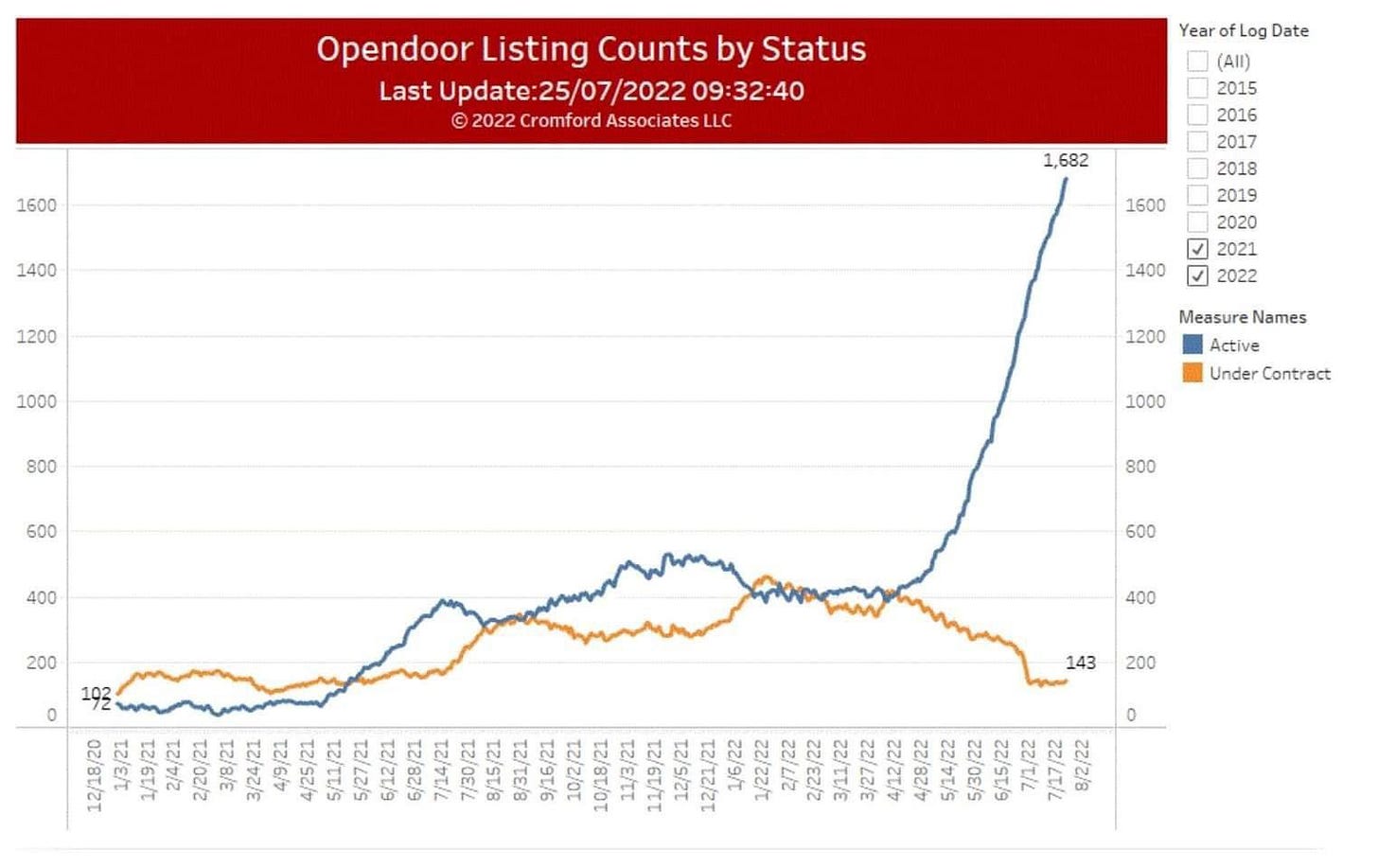
Bad advice from a credit union.

Difficulty Paying Bills Tops Pandemic High in US Census Survey
The share of Americans who report having difficulties paying their bills has surpassed its 2020 pandemic peak in a US Census Bureau survey, underscoring the toll of soaring prices on budgets.


Heckuva job, Jerome.
What about cars, Mish? Is it a good time to buy cars?
”Now is one of the worst times ever to buy a car.” Oh.



Hedonics is magic!
This excerpt below is how economists actually think, and why CPI is way below the actual "cost of living."
For kicks, print this out and take it with you next time you go men's shirt shopping.
Can you explain how the CPI uses the hedonic regression model to estimate and apply a quality adjustment?
To illustrate the mechanics of a hedonic quality adjustment, it helps to begin with the generalized form of the hedonic regression equation:
Where the dependent variable, lnP, is the natural log of price, ß are the coefficients estimates of the independent variables (Xk), and e is the error term. The coefficients are a measure of the percentage change in price associated with a unit change in the characteristic. If the item being modeled is men’s shirts, the independent variables might be sleeve length and fiber composition; a simplified version of a hedonic model for men’s shirts might be:
Here all shirts are either short sleeve or long sleeve and either cotton/poly or 100% cotton. After doing the statistical processing BLS might estimate that ß1 = 0.15 and ß2 = 0.25. This indicates that a long sleeve shirt is 15 percent more valuable than a short sleeve one and that a 100% cotton shirt is 25 percent more valuable than a cotton/poly blend shirt.
If the price of the original shirt had been $20 and that of the replacement shirt $30, rather than using a $10 increase in price for that sample observation, the CPI would use a $6 increase, attributing the other $4 of the price difference to difference in the quality of the two shirts.
If the BLS data collector is forced to replace a short-sleeve cotton/poly shirt in the CPI sample with a long sleeve 100% cotton shirt, the CPI would attribute 40 percent of their price difference to increased shirt value (15 percent for sleeve length and 25 percent for fiber). The CPI would treat the remaining 60 percent of the price difference as pure change.
Further down on the page is some convoluted math explaining that a (much nicer) television that costs $1,250 is actually cheaper than a simple TV costing $250.
These are the people who calculate the CPI, PCE etc.
Case-Shiller National Index up 19.7% Year-over-year in May The nonsense OER the Fed-heads use is running at 5.5%, which is slightly less than 19.7%.
Corporate equities and mutual fund shares by wealth percentile group
Look at the results.

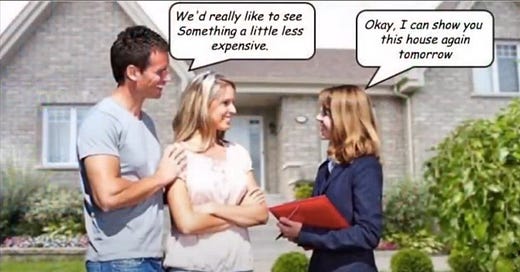














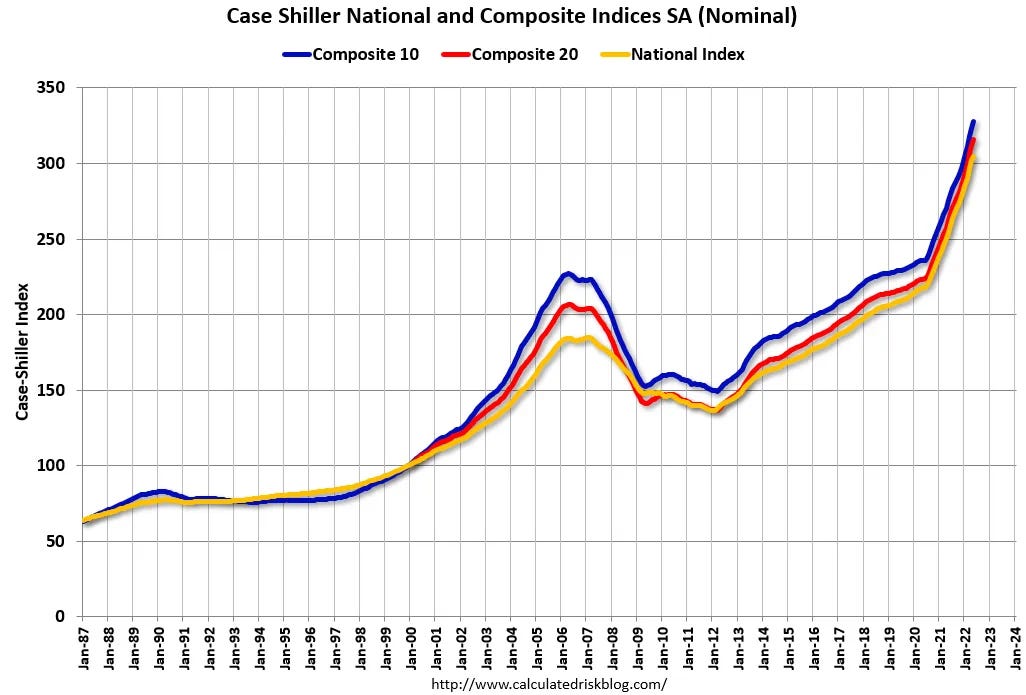




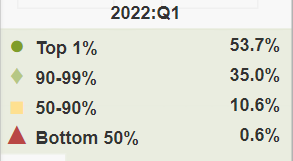
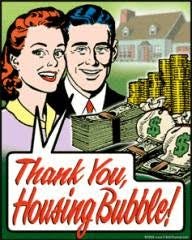
SORRY! The lifestyle you ordered is currently out of stock. Banksy was prescient.
Love your sardonic sense of humor. It is a gift that keeps on giving especially pointing out the bizzaro-like world that we are operating and have been operating in for quite some time especially all things economic, financial, social, cultural, etc.